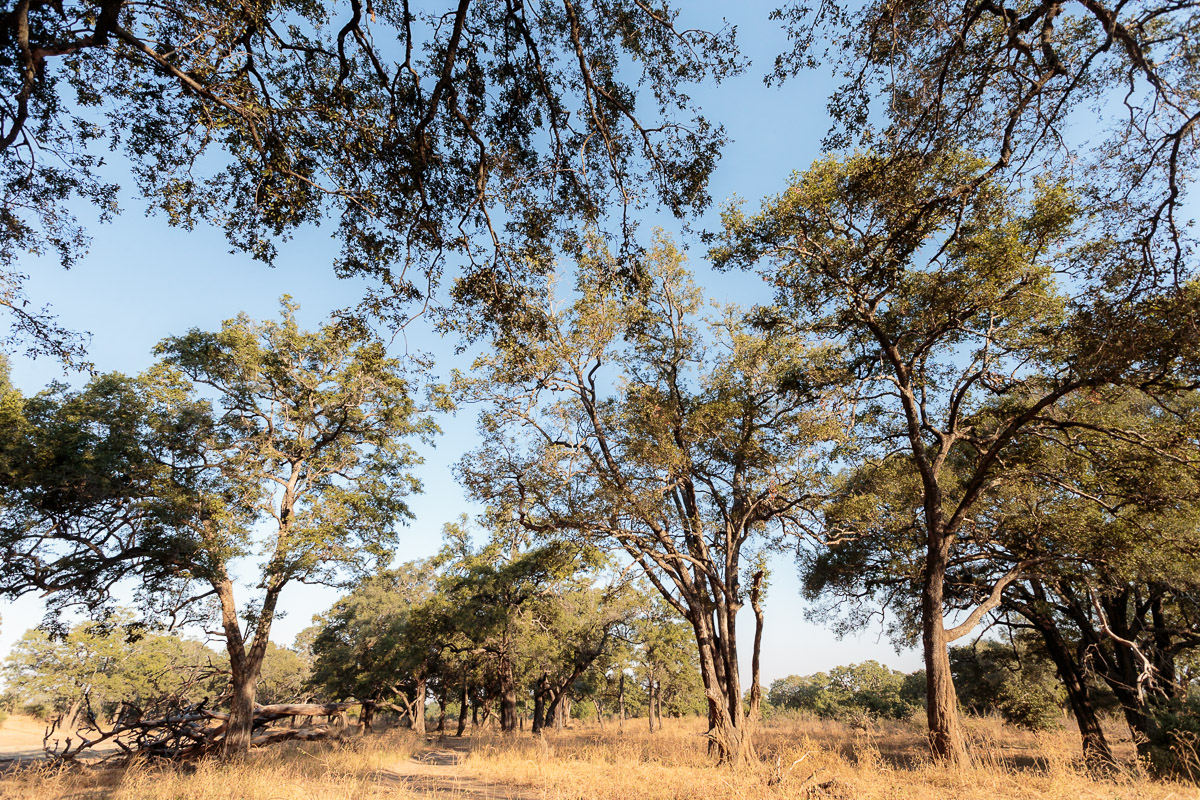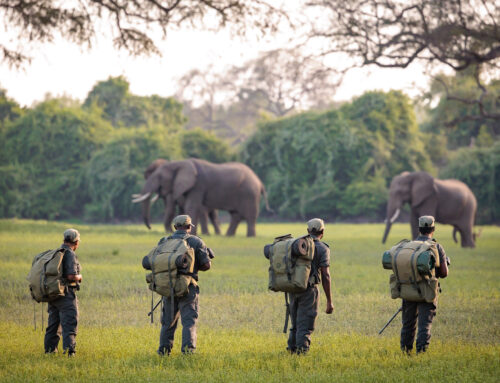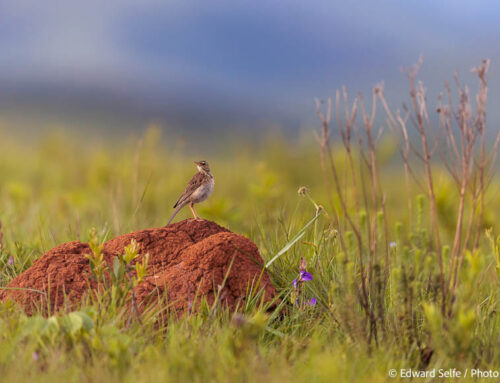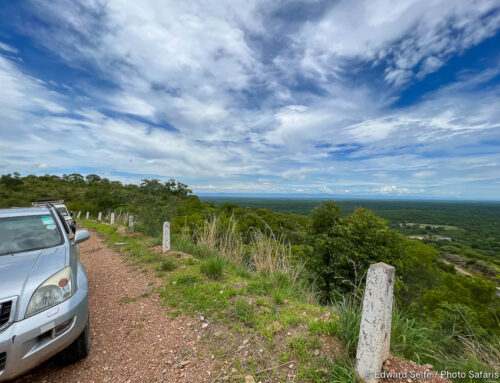Photographers often claim that taking and publishing images is assisting with conservation – we are “conservation photographers” they claim. Some cite raising awareness of the plight of certain species — think rhino, elephant and pangolin. Others talk more of promoting the beauty of the Natural world with some optimistic expectation that this will reverse the damage that is being caused by humankind.
I have intentionally started this article with a challenging paragraph that might appear to belittle efforts to promote conservation of the Natural world. While it was my intention to provoke a response, my feelings could not be more different. Conservation and protection of our planet — which is critically required — starts with each and every one of us and no effort is too small. We must all do our part and encourage others to do theirs.
My question is why we hope that sharing images and stories about our planet will help overcome the collective inertia, when very many other efforts have failed. Perhaps we’re not hoping to turn the tide, but to add to the effort of everyone else and achieve something collectively. Even so, it seems very optimistic of us to think that one more lion/elephant/sunset/rhino photo is going to tip the scales and start a global surge of activism.
Recently I was talking with a friend about Michael Sandel’s Reith lecture series from many years ago. He discussed the rise and rise of free markets which deliver goods and services often without consideration of moral and ethical concerns. He argued that there are some decisions that ought to be taken by society because there is a moral imperative to do so; these choices should be made without monetary consideration and no monetary value ought to be attached to them. It is simply the right thing to do.
The protection of wildlife is one of these moral imperatives. Wild animals exist on our planet alongside us, and it should not be necessary to provide for their protection. Their rights are equal to those of humans and all other living things. Mottos such as “I don’t want to protect the environment; I want to live in a world where the environment doesn’t need protecting” come to mind. Clearly, this is an ideal that falls flat the moment it is tested; when people are choosing between the rights of animals and the rights of their children not to go to bed hungry, animals will lose every time. So what is the point of my reference to Sandel’s lectures?
The current best practice for protecting something is to assign it value; if a forest, or an animal or an open space has value, people will derive financial benefit from it and the incentives are in place to maintain it. We can see this in the fact that Central Park in Manhattan — some of the most valuable real estate in the world — has not been built over because the residents of that area derive significant benefit from having a green space nearby.
Similarly with wildlife in Africa, the current best plan for protecting areas is to start a tourism or hunting operation which will generate income and ‘buy’ the cooperation of those people who would otherwise threaten its survival. This has worked admirably in many areas. In fact, much of Africa’s finest wildlife zones are protected from illegal activities by a combination of tourism-revenue-led-carrots and tourism-revenue-funded-sticks.
However, in the long term, we will have to return to the moral imperative. At some stage, competition for living space, farming land and growing populations will increase the value (to local people) of the land and resources that are being protected. As something becomes scarcer, its value is increased; as space for human populations to grow becomes more limited, it will take ever increasing levels of revenue generation to prevent people from seizing those natural resources illegally. At that stage, it is only a collective moral imperative that will protect the dwindling natural resources of the world.
David Attenborough has re-kindled the moral imperative in millions of people in the developed world. Single-use plastic consumption in the UK has dropped for the first time in human history, and in a dramatic fashion. There is no financial benefit to any one individual of making more responsible choices about their consumption; they are doing it because their internal moral compass is counselling them to do so. It’s an incredible trend reversal in otherwise dire environmental news. And just as we should not belittle any small achievement by any one person, nor should we make light of this (relatively) small achievement in one European country. It is a start.
In developing countries, there are many other factors that drive people’s decision processes, and many individuals do not have the luxury of allowing their concern for the Natural world to drive that process. In these areas, revenue generation is a more reliable method of natural resource protection than relying on the moral imperative. And in this way — returning to the start of the article — every single person who shares an image or story from the natural world is helping to protect that area. By visiting that region, enjoying its natural wealth and taking photos along the way, they are generating income for that area, and assisting in its protection.
Until the moral imperative can dominate, making wild places valuable to humankind is the very best alternative.




